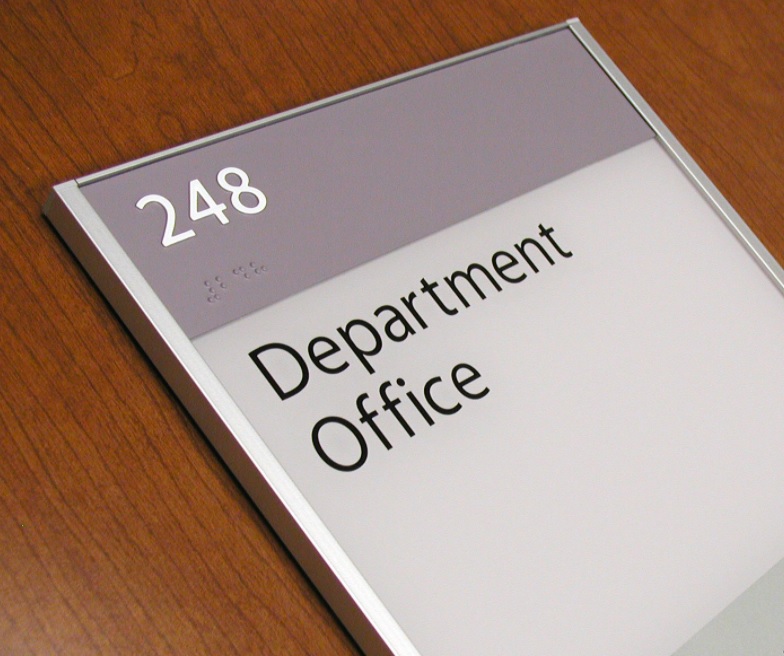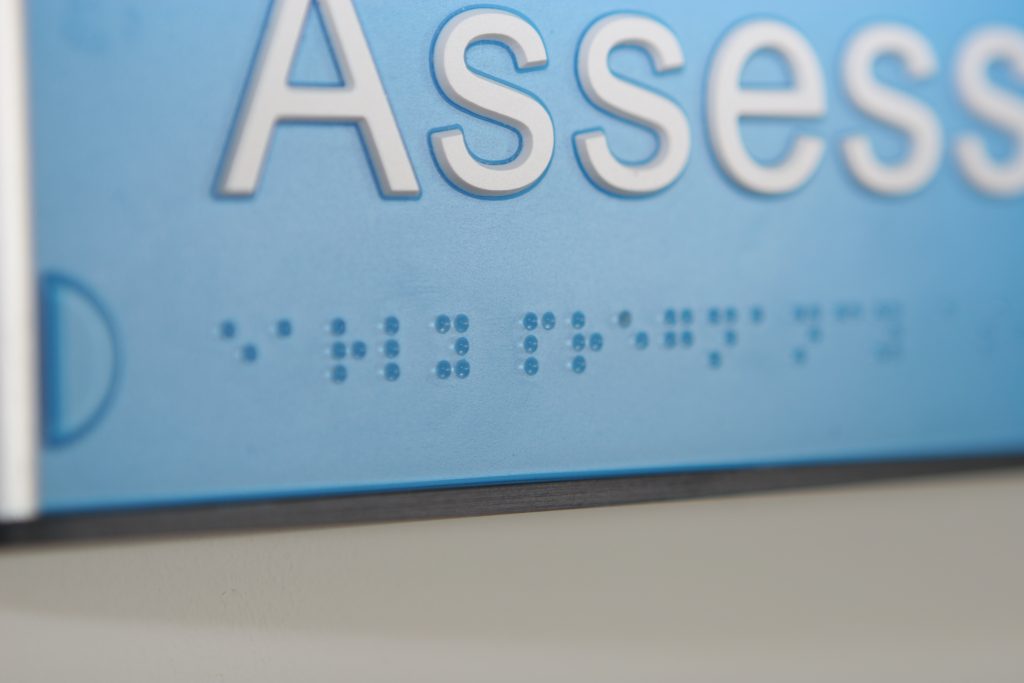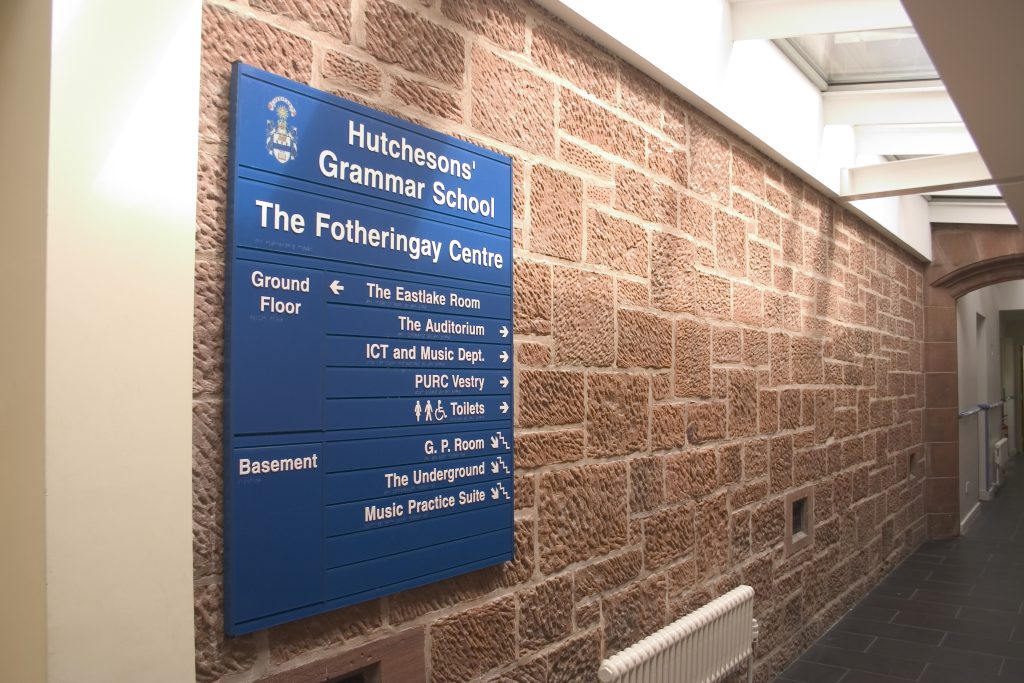Did you know Norsign Group Ltd can advise on braille and tactile signage requirements on your project?
Braille and tactile signage are important ways to make public spaces more accessible and inclusive for people with visual impairments. Braille is a system of raised dots to be read by touch, while tactile signs use raised letters, symbols, and shapes to convey information. Both types of signs help people with visual impairments navigate their surroundings, identify facilities and access services.



use of braille and tactile signage
In the UK, there are regulations and guidelines that govern the use of braille and tactile signage in public buildings. These are based on the Disability Discrimination Act 1995 (DDA) and the Equality Act 2010, which require businesses and organisations to make reasonable adjustments to ensure that their premises are accessible to all, including people with disabilities.
key aspects of these regulations and guidelines
Braille and tactile signs should be located at a consistent height and position, preferably on the latch side of doors or on the wall adjacent to the door opening.
These signs should have high contrast between the background and the raised elements, and should not be reflective or glossy.
Use clear and simple fonts, preferably sans serif, and should not have any decorative elements or borders that may interfere with readability.
Braille and tactile signs should use Unified English Braille (UEB), which is the official braille code in the UK since 2011. UEB is a standardised code that covers different languages, symbols, and formats, such as mathematics, music, and computer notation.
We should separate Braille and tactile signs by at least 3/8 inch from any other tactile characters on the same sign panel.
Braille and tactile signs should follow the relevant standards and guidance from the UK Association for Accessible Formats (UKAAF), which is the representative body for braille users and transcribers in the UK.
You can follow these regulations and guidelines, for businesses and organisations to ensure that your braille and tactile signage is effective, consistent, and compliant with the law. This will benefit not only people with visual impairments, but also people with other disabilities, such as learning difficulties or dyslexia, as well as people who speak different languages or have low literacy levels. Braille and tactile signage will also enhance the overall design and aesthetics of public spaces, making them more welcoming and user-friendly for everyone.
Contact us to discuss a project where you could benefit from our consultants extensive knowledge on braille and tactile signage.
